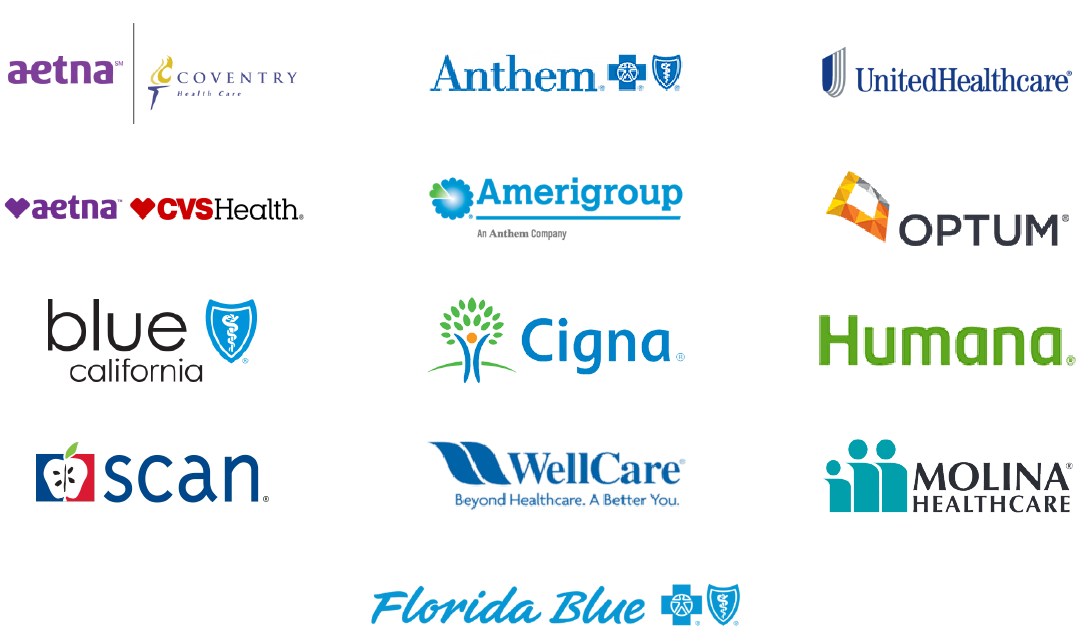70.9%
Arterial Ulcer
Woundtech is an industry leader in wound care because of our continued dedication to these three areas:
- Unique team of highly-trained clinicians
- Access to high-quality medical equipment and resources
- Providing care to underserved communities
Our advanced clinicians manage wounds with evidence-based practice and patient-indicated therapies, which improves quality of life and reduces barriers to care at the best value to the health care system and patient. Woundtech's clinicians are wound care trained podiatrists, Nurse Practitioners and Physicians Assistants with the ability to change and write orders at the point of care.
Woundtech has developed a formulary of more than 125 different advanced high-quality wound care products in 14 categories. Using evidence-based clinical algorithms configured with Woundtech's proprietary Sequential Assisted Logic and Clinical Alerts, utilizing machine learning and Artificial Intelligence (AI), Woundtech takes precision wound care to new levels, healing patients faster and delivering better outcomes at the best value. This model improves healing rates and helps reduce wound-related infections, hospitalizations, and amputations.
The key to effectively managing wound care and its resulting expenses is early intervention. Late treatment means astronomically higher costs, and, frequently, amputation. Studies show that between 52% and 80% of diabetic patients who get a below-the-knee amputation die within 5 years. Wound care is a race that patients cannot afford to lose. By treating patients where they live, Woundtech's approach eliminates many of the challenges of wound care while ensuring true health equity.
We take patient care very seriously. We are not only invested in healing wounds but providing them resources and assistance for overall better health and quality of life. Woundtech provides care that is adjunctive to patients' primary care provider (PCP). The PCP retains the overall management of the patient, while Woundtech communicates with the PCP regarding the patient's progress. Woundtech's goal is to heal patients so they can return to the care of their PCP.
Our program results in tangible cost savings for our clients collectively across our markets, alleviating the pressure on the health care economy and our patients.

Arterial Ulcer

Diabetic Ulcer

Pressure Ulcer

Surgical Wound

Venous Ulcer
Calculation methodology:
The benefits calculation is based on industry average figures* with inflation factored in; WT averages are based on 12 months rolling numbers (Jan-Dec 2021) for visits and the cost per patient for that period.
*Nussbaum SR, Carter MJ, Fife CE, etal. An economic evaluation of the impact, cost, and Medicare policy implications of chronic nonhealing wounds. Value Health 2018;21:27–32; Ma H, O’Donnell TF Jr, Rosen NA, Iafrati MD. The real cost of treating venous ulcers in a contemporary vascular practice J Vasc Surg Venous Lymphat Disord. 2014 Oct; 2(4):355-61
Earlier SOC (start of care) the better the outcome
Reduced wound care cost burden
Avoidance of hospitalization and amputation
Overcoming access to care to the underserved communities
20% faster healing rate than industry average
Providing advanced wound care by highly trained clinicians

